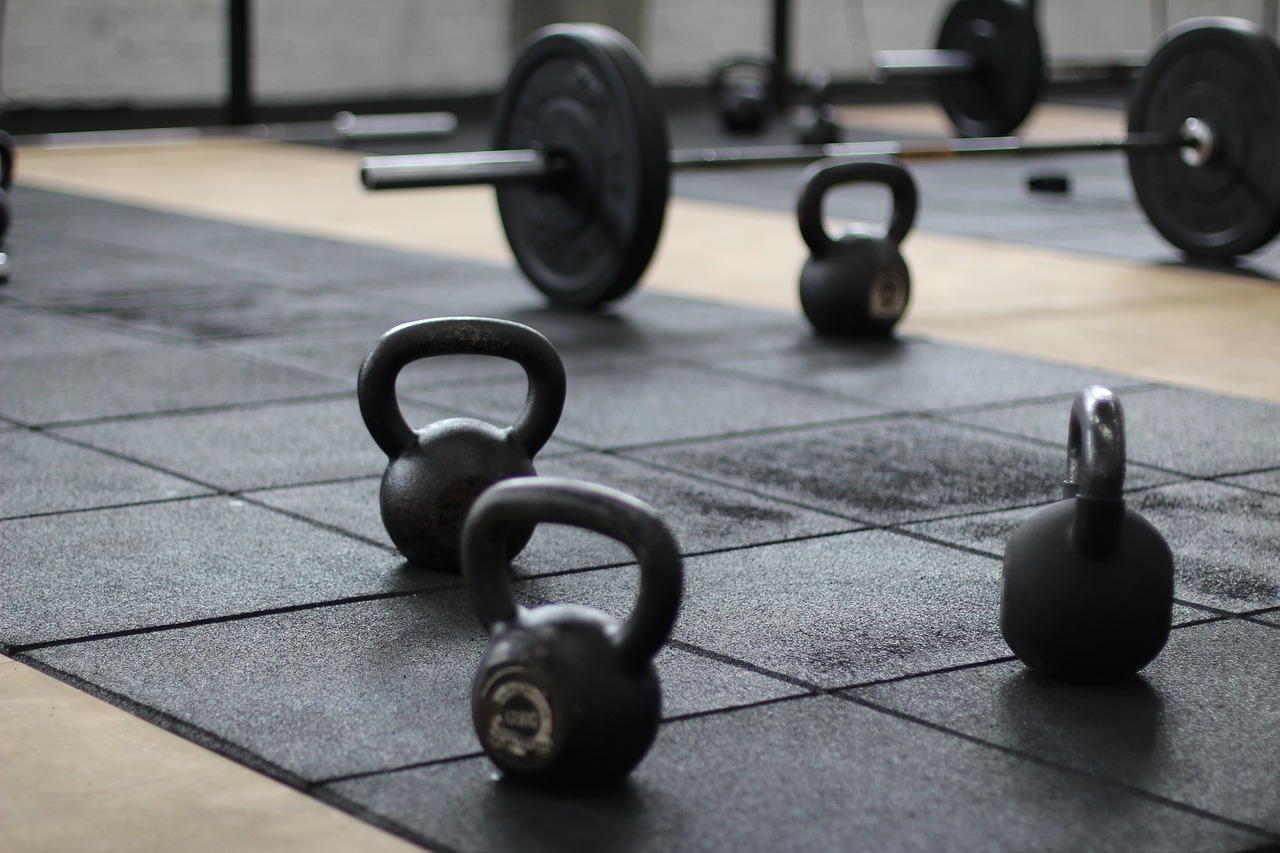Many powerlifters use equipment like shirts, wraps, suits, and belts to aid their performance on the bench press, squat, and deadlift. This equipment is believed to help them lift more weight and to provide support and protection given the large amount of weight that they are lifting. Much of these performance boosts are anecdotal in nature. Anecdotal because there is a paucity of research on the effects of supportive equipment.
Blatnik et al in the December issue of the Journal of Strength and Conditioning Research examine the impact of a squat suit on performance of the back squat. The subjects in this study were elite powerlifters with a mean back squat of almost 298% body weight with a suit and 185% without. Subjects performed a 1-RM with no suit, then two repetitions at 80%, 90%, and 100% of 1-RM with a suit and without.
Results:
• Concentric forces were similar between the suit and without the suit.
• Eccentric forces were greater at all intensities with the suit.
• Concentric velocities and power were greater in the suit condition across all intensities.
• There was no statistical difference between eccentric velocities and power between the suit and without the suit.
The results suggest that the suit is storing elastic energy, which the lifter is then using to ascend from the bottom of the squat (thus the higher velocity and power output during the concentric phase). In other words, the squat suit aids performance in the back squat. To my knowledge, this is the first study that looks at the impact of a squat suit on performance. I like the fact that the study is using real powerlifters, especially since there is a learning curve with using equipment like the squat suit. It would be really interesting to see if the suit impacts the kinematics of the lift in terms of what the lifter’s joints are doing and to see the differences in a 1-RM performed without the suit (like in the study) and with the suit.
Blatnik, J.A., Skinner, J.W., and McBride, J.M. (2012). Effect of supportive equipment on force, velocity, and power in the squat. Journal of Strength and Conditioning Research, 26(12): 3204-3208.



